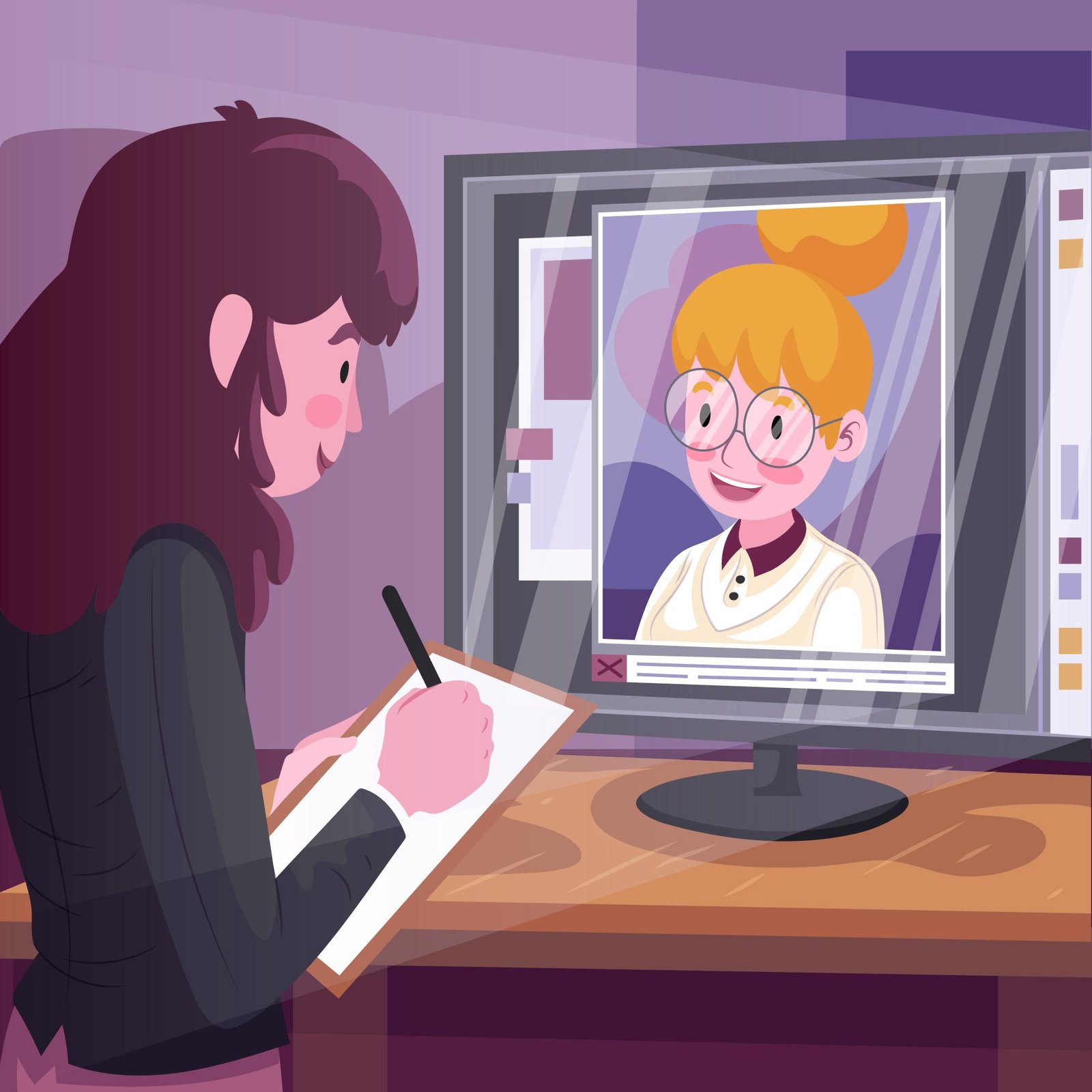In the world of animation, 2D animation videos remain a timeless and impactful medium for storytelling, marketing, and entertainment. Though 3D and other forms of animation have grown in popularity, 2D animation holds a special place due to its simplicity, artistic charm, and versatility. Whether you’re a budding animator or a business looking to leverage the power of animation, understanding the techniques and trends driving 2D animation is essential. In this article, we will explore the fundamental techniques used in 2D animation videos and highlight key trends that are shaping the future of this craft.
1. The Fundamentals of 2D Animation
2D animation is a traditional animation method where each frame is drawn in two-dimensional space. The process of creating these videos involves manipulating images, characters, or objects on a flat plane to generate motion, often drawn frame by frame. The essence of 2D animation lies in its simplicity, which allows creators to focus on the fluidity of motion, visual appeal, and character expression.
1.1 Frame-by-Frame Animation
The frame-by-frame method is one of the oldest and most fundamental techniques in 2D animation videos. In this approach, animators draw each frame individually, making slight changes between frames to simulate movement when played in sequence. This labor-intensive method offers complete control over every aspect of the animation, allowing for smooth and precise motion.
1.2 Cut-Out Animation
A more modern technique often seen in 2D animation videos is cut-out animation. This method involves manipulating pre-drawn pieces, or “cut-outs,” of characters and backgrounds, rather than drawing each frame by hand. The advantage here is efficiency—animators can reuse the same parts while adjusting them to create different poses or expressions.
1.3 Tweening
Tweening is an essential technique that has made the animation process faster. It involves creating only the keyframes (the most significant frames in the action) and then using software to generate the in-between frames automatically. This reduces the workload for animators while still achieving smooth motion in 2D animation videos.
1.4 Rigging and Puppet Animation
Rigging is a digital approach where animators create a skeletal framework, or rig, for 2D characters. This technique gives animators greater flexibility and control over character movements without the need for redrawing. Using a puppet animation tool, animators can adjust different parts of a character, such as limbs or facial features, to simulate movement in a much quicker time frame.
2. Modern Tools and Software for 2D Animation
The evolution of technology has greatly impacted the process of creating 2D animation videos, making it more accessible and user-friendly. From open-source platforms to professional-grade tools, animators today have a range of options for crafting high-quality videos. Here are some of the most popular software tools that are shaping the landscape of 2D animation.
2.1 Adobe Animate
Adobe Animate is one of the leading software for creating interactive 2D animation videos. It provides a user-friendly interface and an array of features, including rigging, motion tweening, and vector-based drawing tools. Adobe Animate is particularly favored by animators in the gaming and web design industries due to its versatility.
2.2 Toon Boom Harmony
Toon Boom Harmony is widely regarded as the industry standard for professional 2D animation. Its robust features include advanced rigging systems, traditional frame-by-frame animation, and even 3D integration for hybrid projects. Harmony is used by major studios worldwide for producing everything from television shows to full-length films.
2.3 Moho (Anime Studio)
Moho offers a unique approach to 2D animation, focusing on both frame-by-frame animation and bone-based rigging. Its powerful tools allow for the creation of dynamic, smooth animations, making it ideal for those looking to produce professional-level 2D animation videos with a faster workflow.
3. Current Trends in 2D Animation Videos
As the digital landscape continues to evolve, so do the trends in 2D animation. While traditional techniques still hold relevance, the industry has seen significant shifts towards new approaches and styles that resonate with modern audiences. Below are some of the key trends shaping 2D animation videos today.
3.1 Minimalism and Flat Design
One of the most prominent trends in 2D animation videos is the rise of minimalism and flat design. In a world saturated with information, simpler visuals are often more effective in communicating messages. Minimalistic 2D animations focus on clean lines, geometric shapes, and limited color palettes, making the content easier to digest and more aesthetically pleasing.
3.2 Mixed Media
Another exciting trend is the fusion of 2D animation with other media forms. By blending hand-drawn 2D elements with live-action footage, 3D elements, or even stop-motion, animators can create visually striking and unique 2D animation videos. This approach allows creators to push the boundaries of traditional animation and experiment with new ways of storytelling.
3.3 Lo-Fi Animation
Lo-fi animation is a growing trend that embraces imperfections, rough edges, and hand-drawn aesthetics. Unlike high-end polished animations, lo-fi animations focus on rawness and character. This trend is especially popular in social media, where shorter, quirky, and more relatable animations appeal to younger audiences.
3.4 Social Media Optimization
In an age where social media platforms dominate, there is an increasing demand for 2D animation videos tailored specifically for these platforms. Short-form videos, such as Instagram stories or TikTok animations, require bite-sized, engaging, and visually appealing animations to capture viewers’ attention quickly. As a result, many animators are focusing on creating content optimized for mobile devices and social media sharing.
4. The Future of 2D Animation Videos
As technology continues to evolve, so will the landscape of 2D animation videos. While traditional hand-drawn animation techniques will always have their place, modern advancements in artificial intelligence (AI) and machine learning are starting to play a role in automating aspects of the animation process. AI tools can now assist in tasks like character rigging, in-betweening, and even voice synchronization, speeding up production times and allowing animators to focus more on the creative aspects.
Additionally, interactive animation is likely to gain more traction in the coming years. With the rise of virtual reality (VR) and augmented reality (AR), 2D animation could be integrated into these immersive platforms, offering entirely new ways for audiences to engage with animated content.
Conclusion
2D animation videos are more than just a form of entertainment—they are a versatile tool for storytelling, education, and marketing that can appeal to a wide audience. The techniques used in 2D animation, from frame-by-frame drawing to modern rigging systems, allow animators to create expressive and engaging content. As technology evolves and new trends emerge, such as minimalism, lo-fi aesthetics, and social media-driven content, 2D animation continues to evolve while retaining its core artistic principles.
Whether you’re an animator or a brand looking to incorporate 2D animation into your strategy, staying informed about the latest techniques and trends is essential for staying ahead in this dynamic and ever-changing field.




